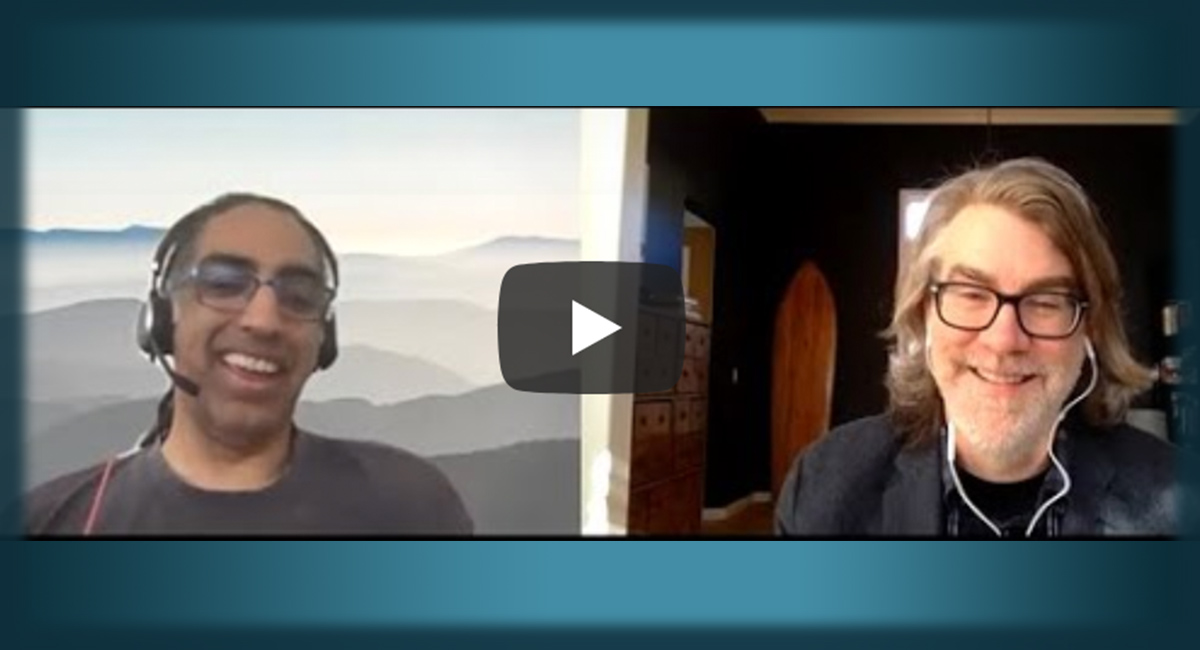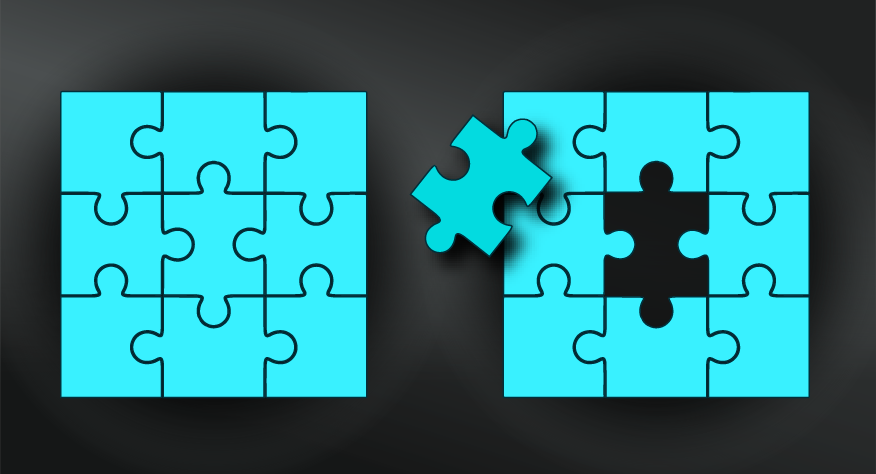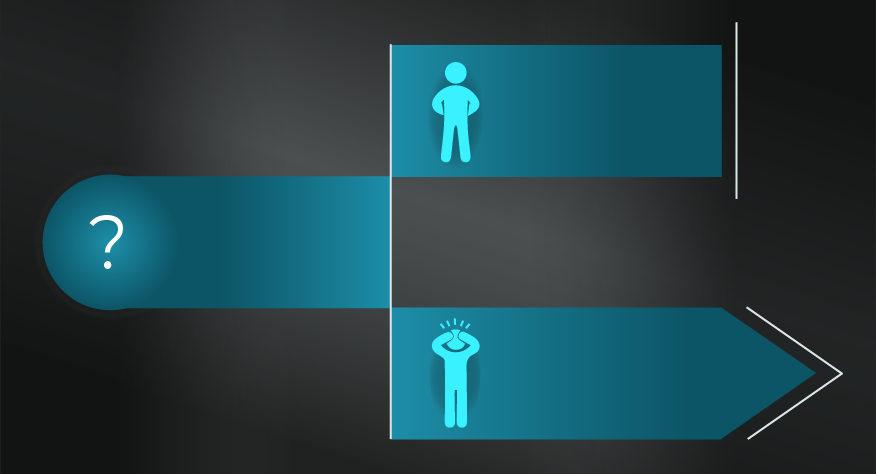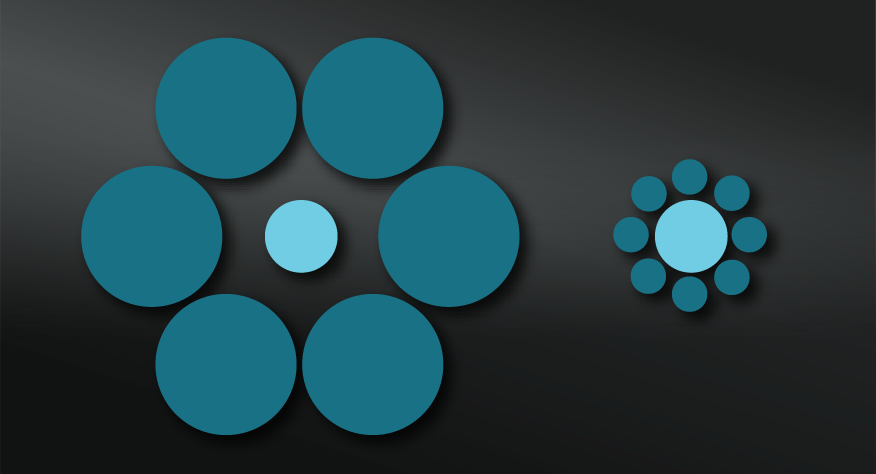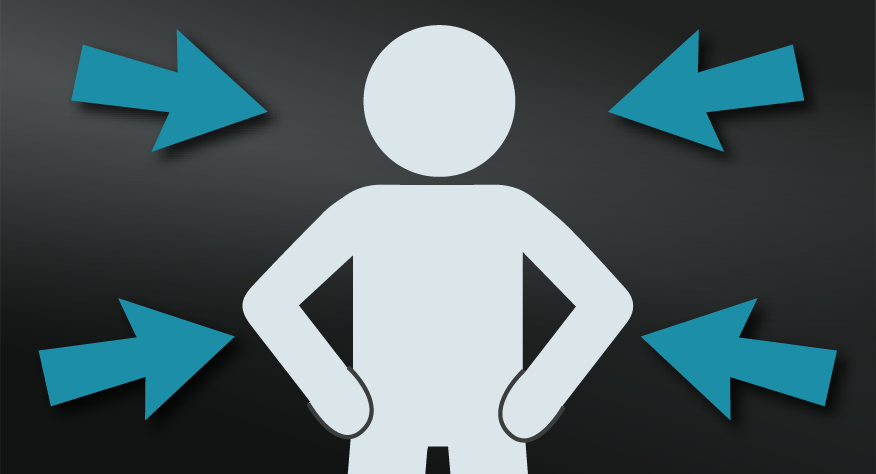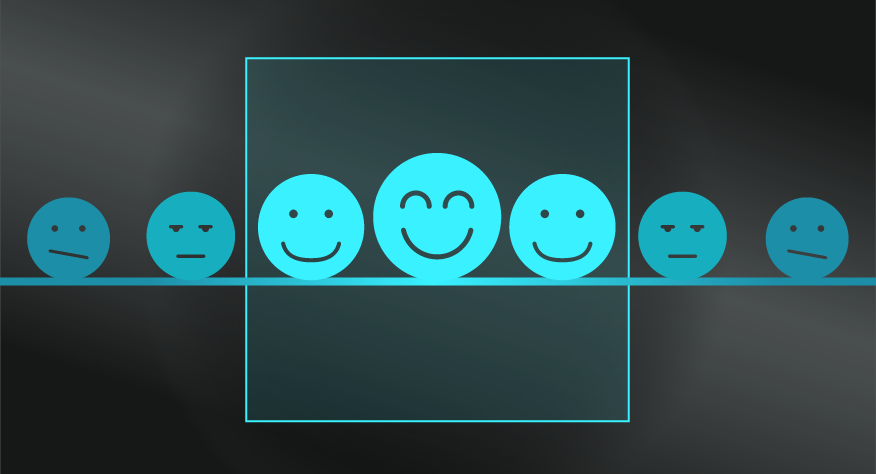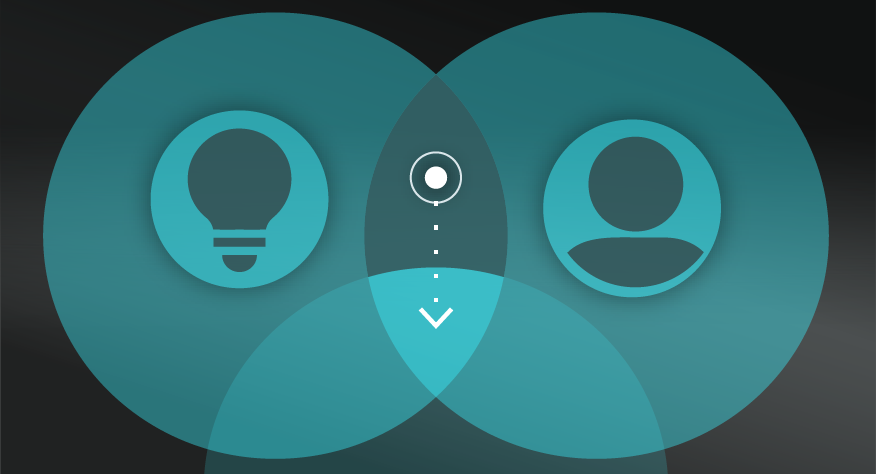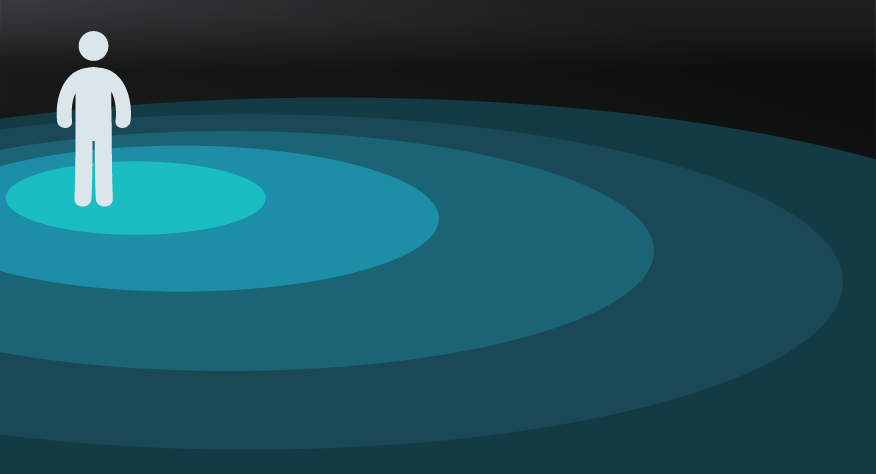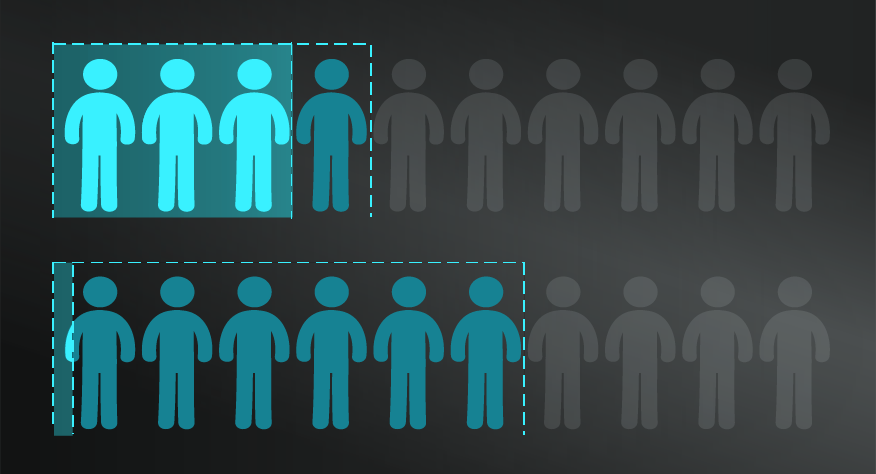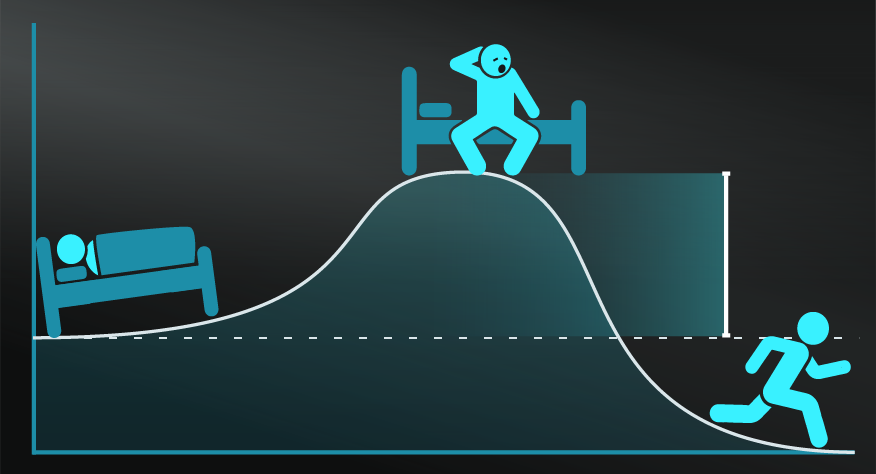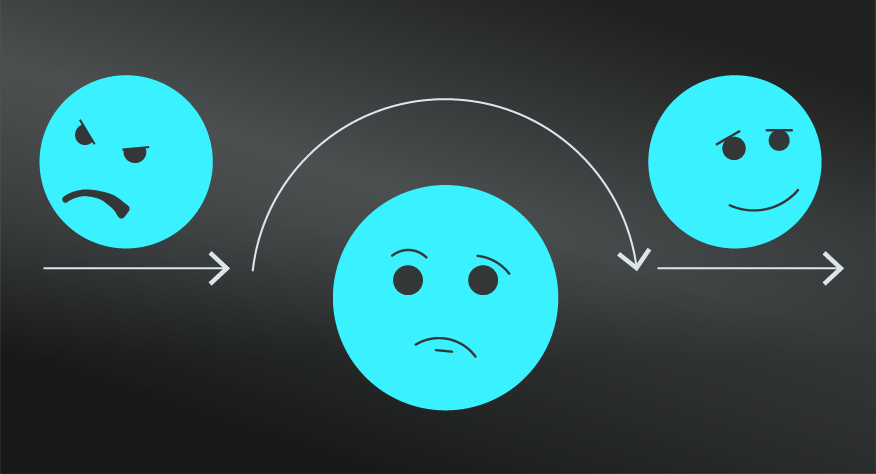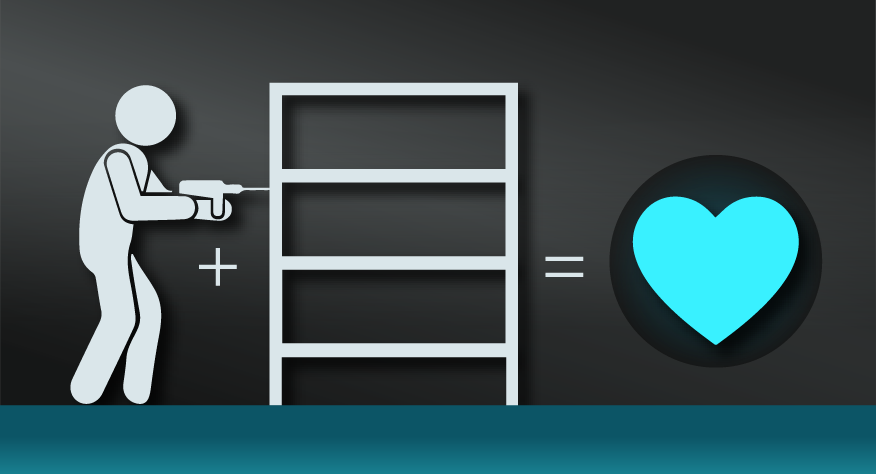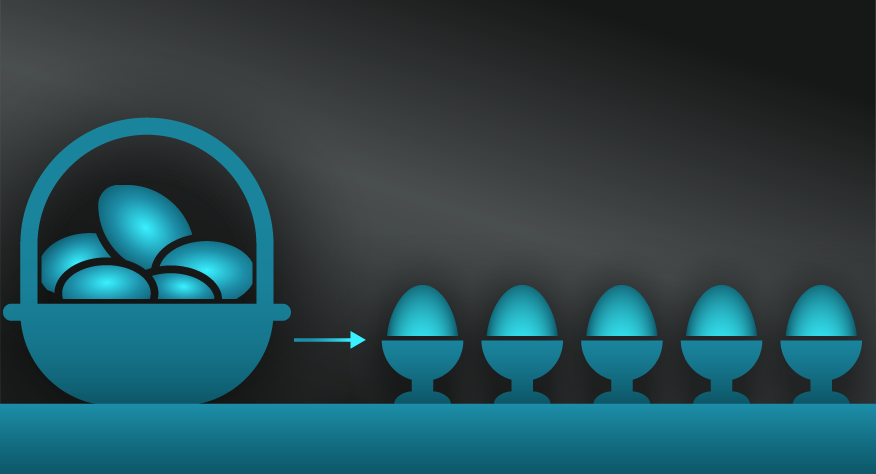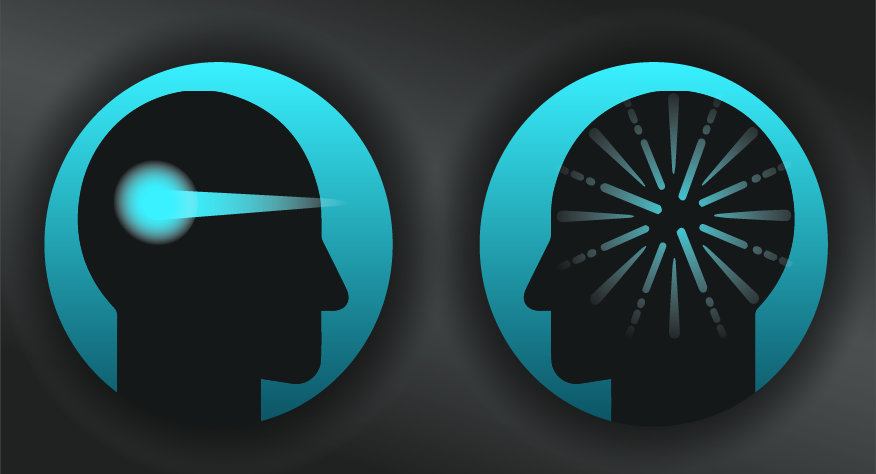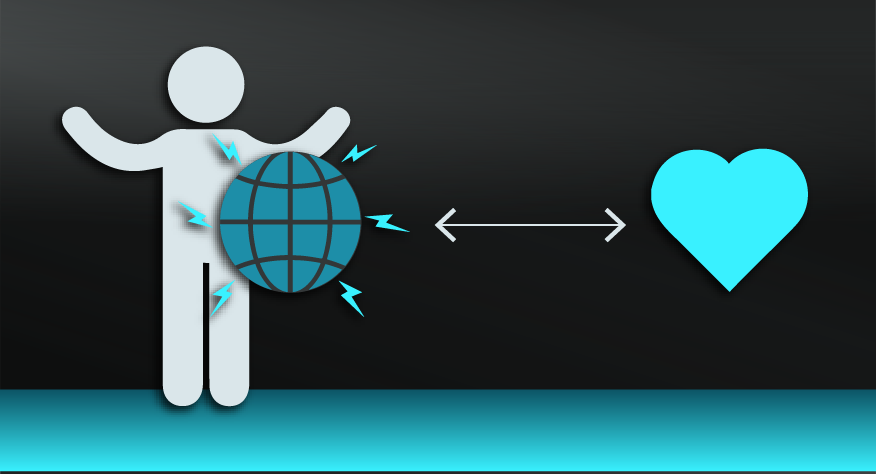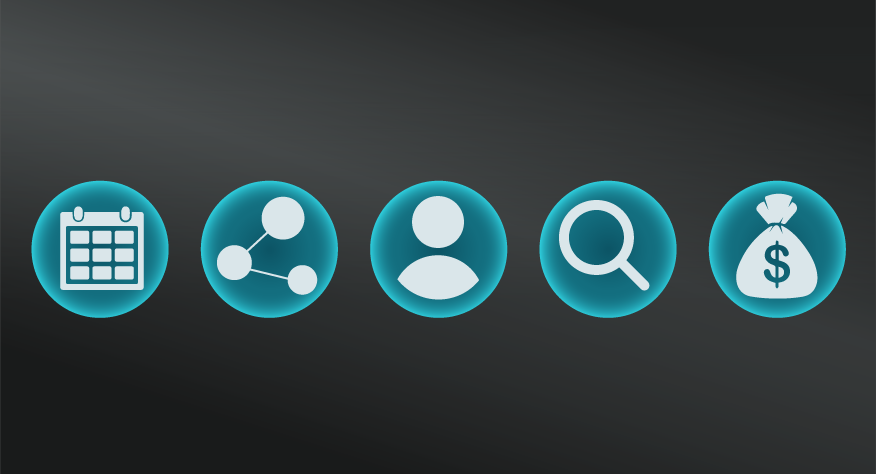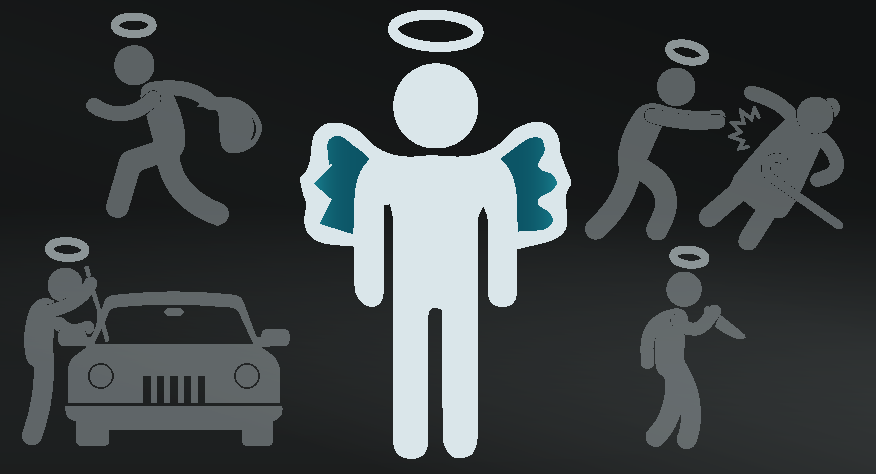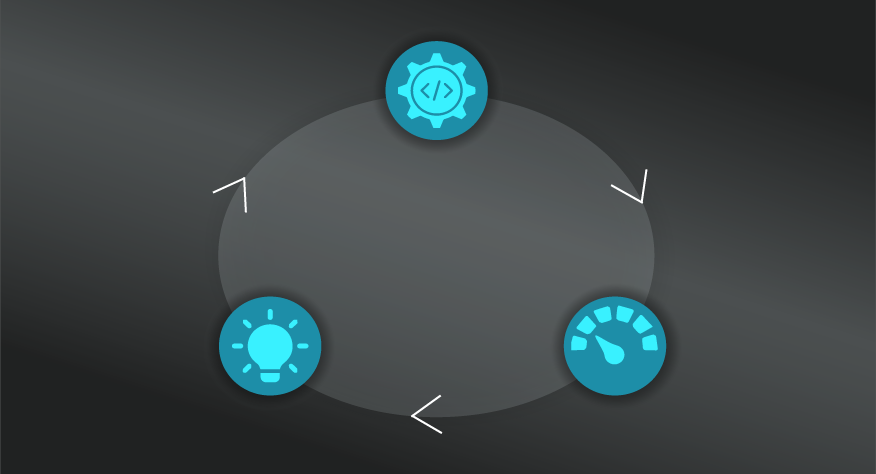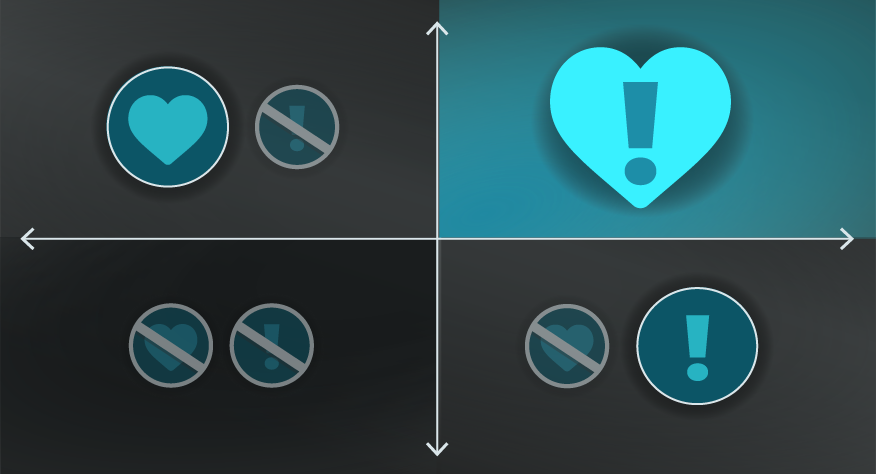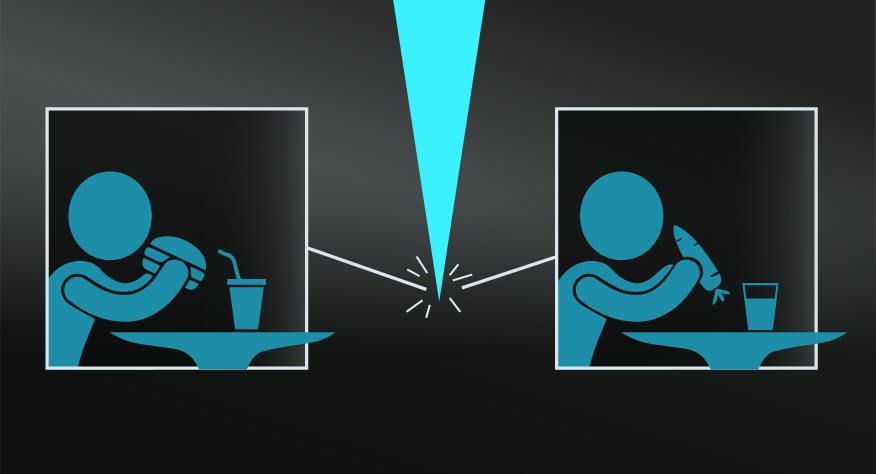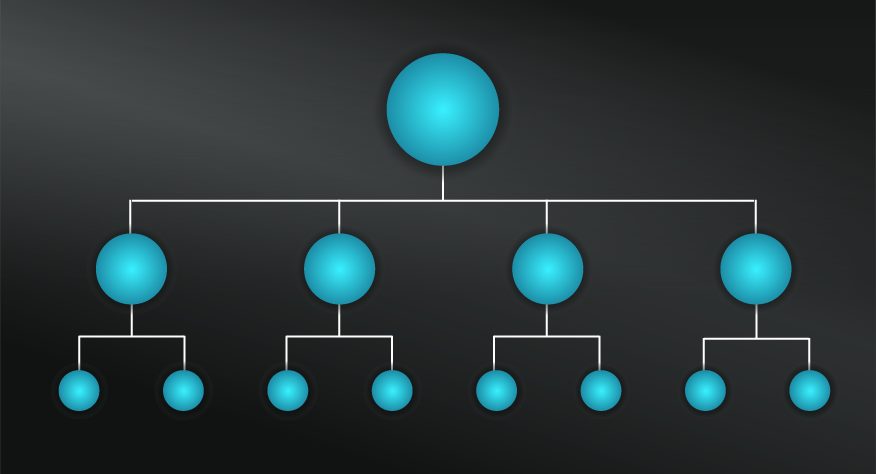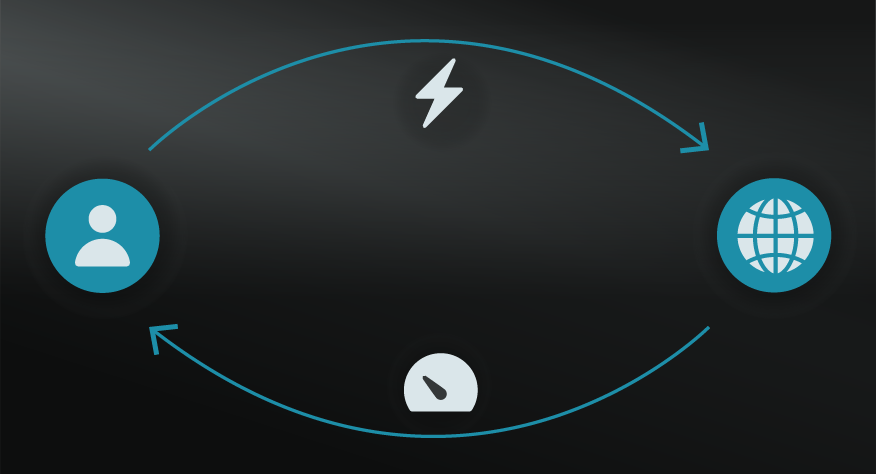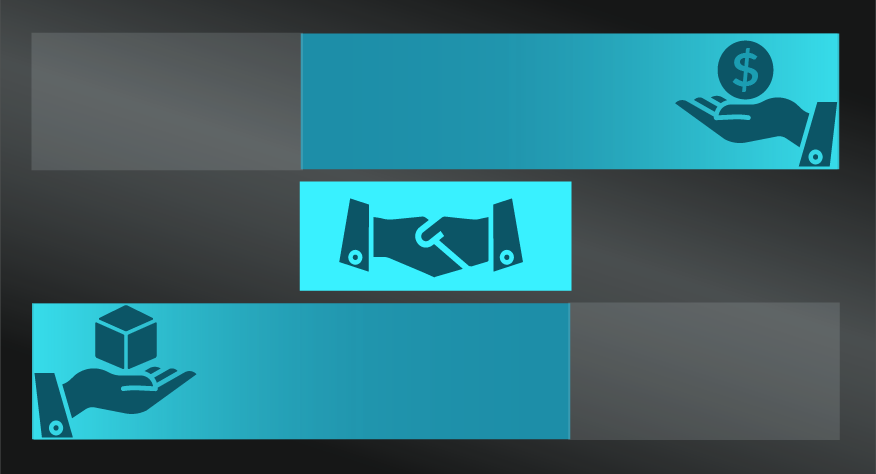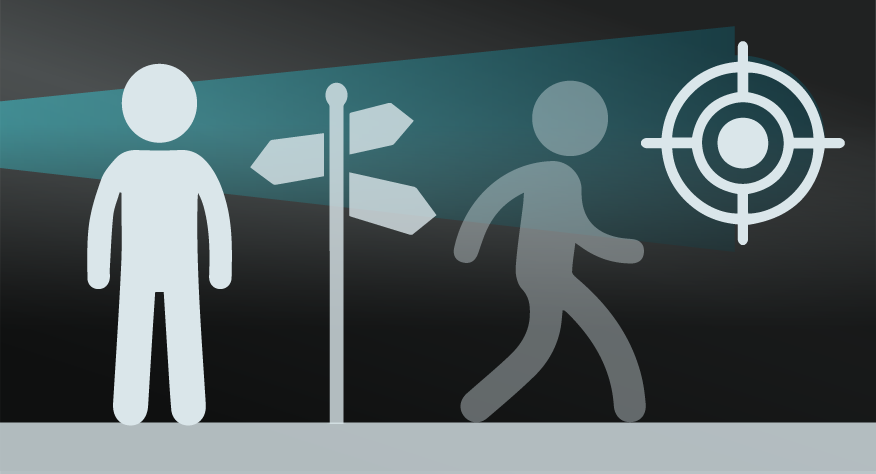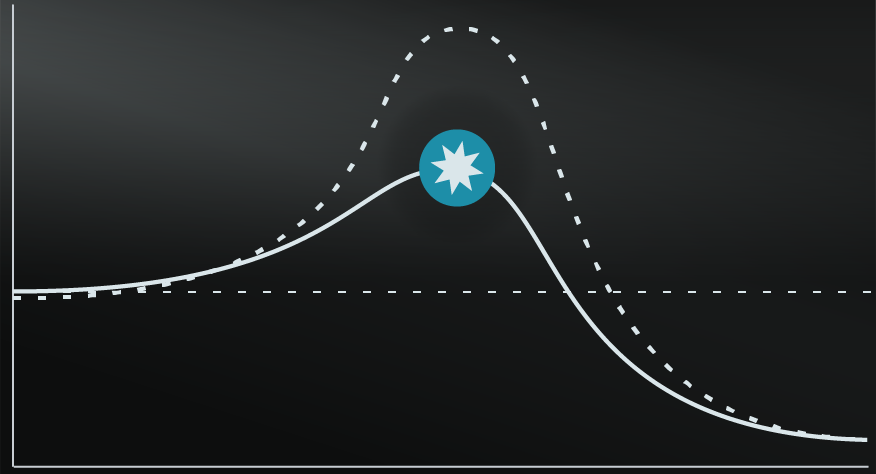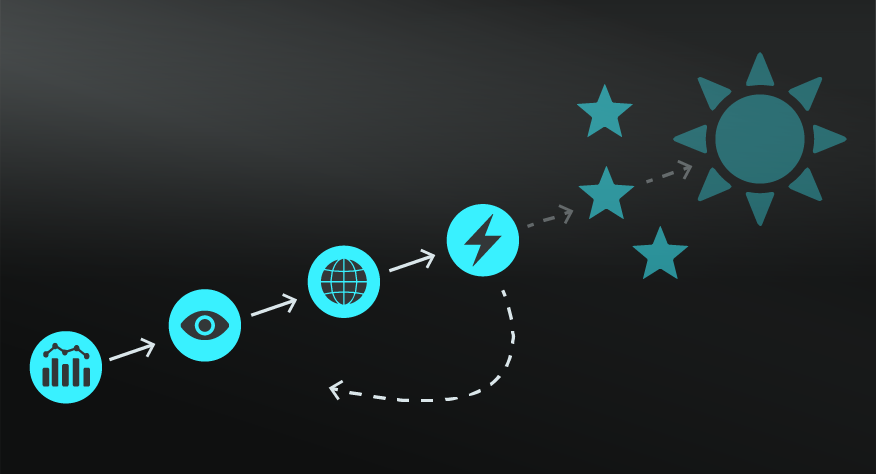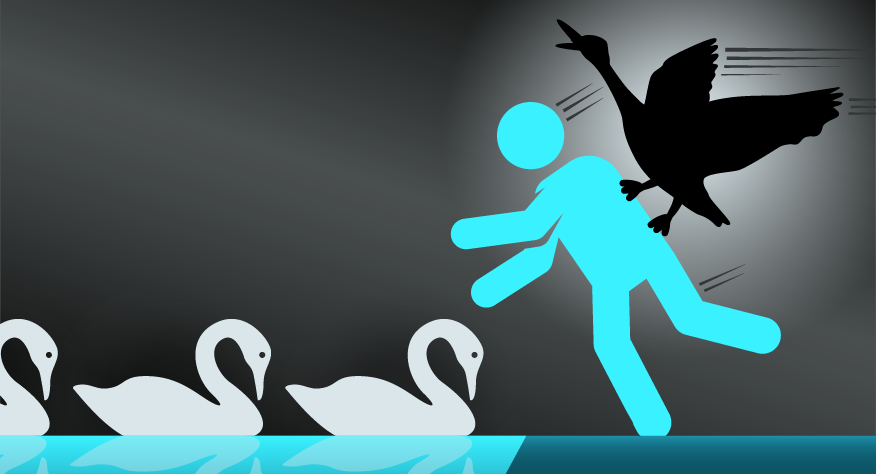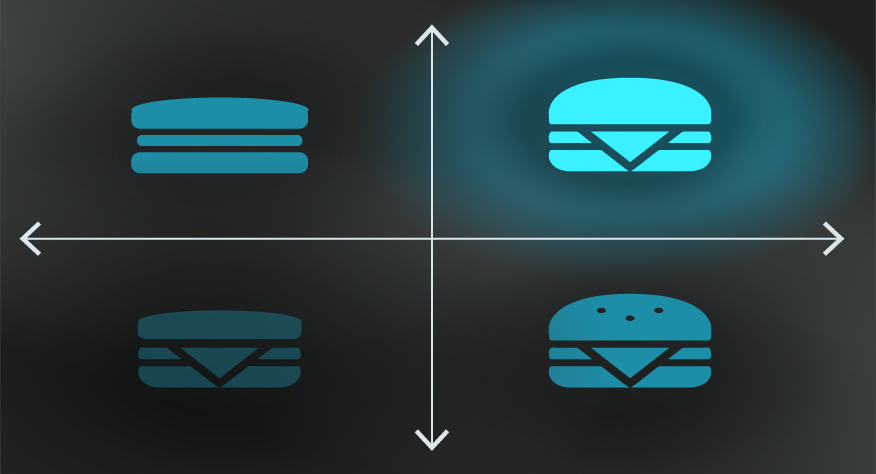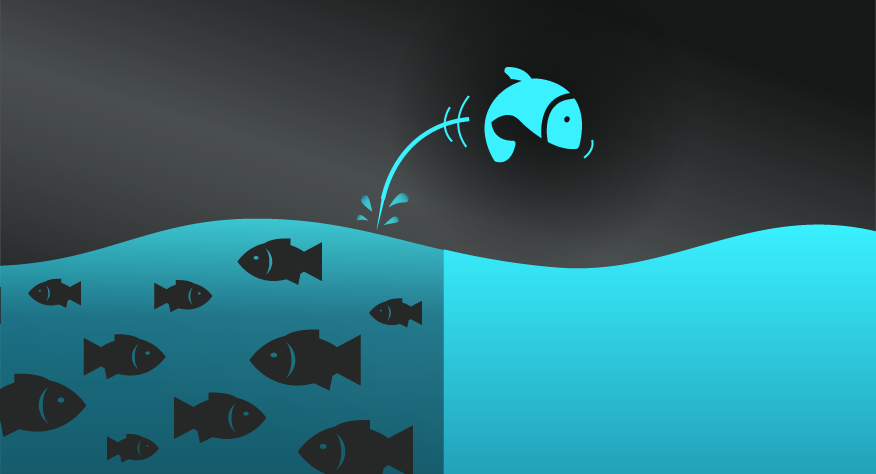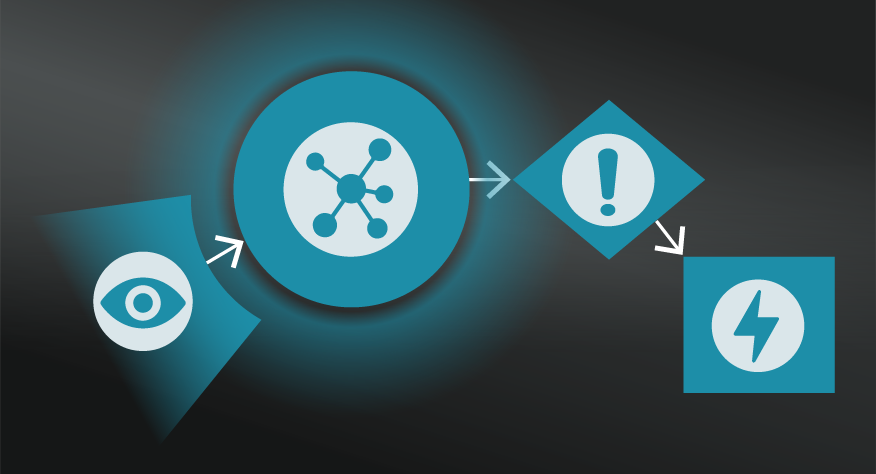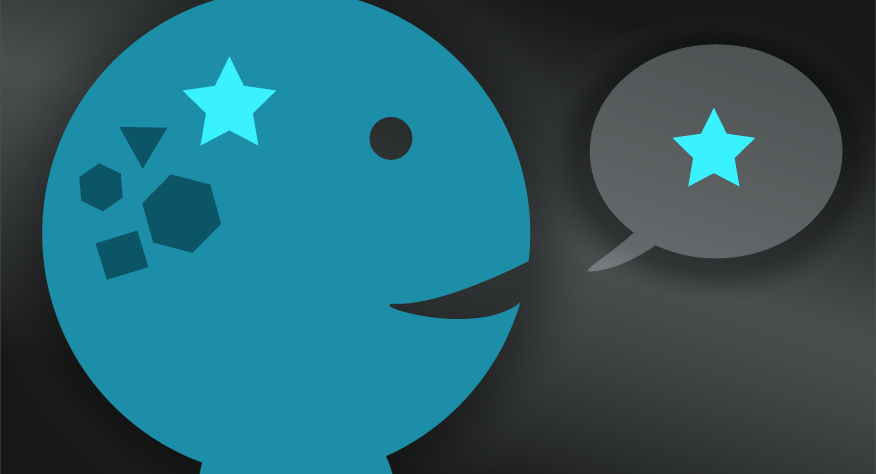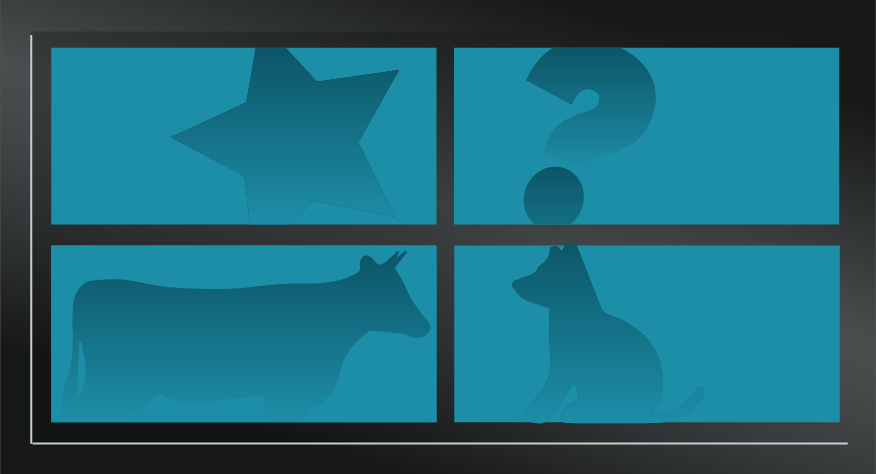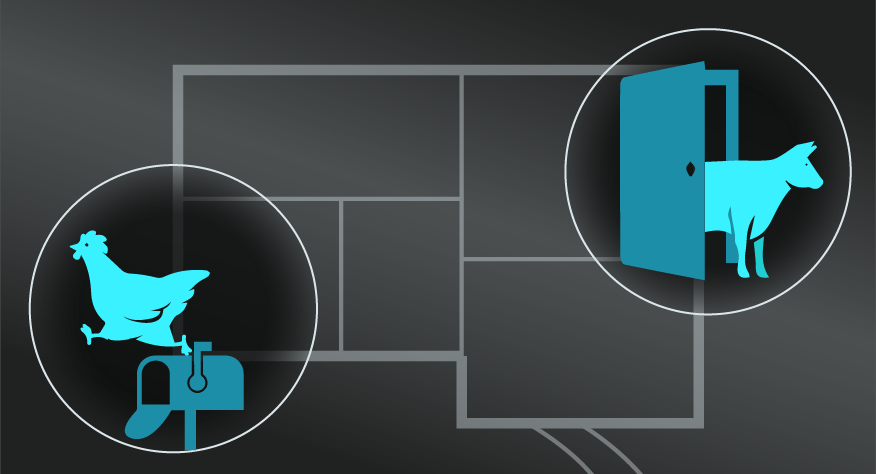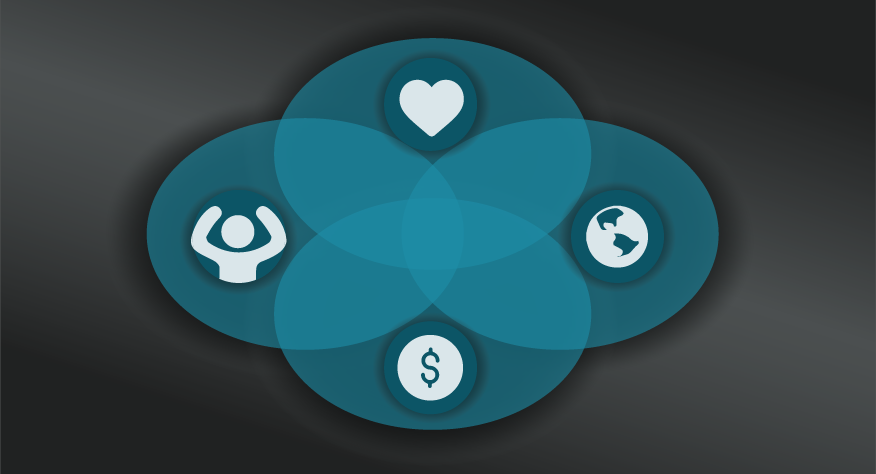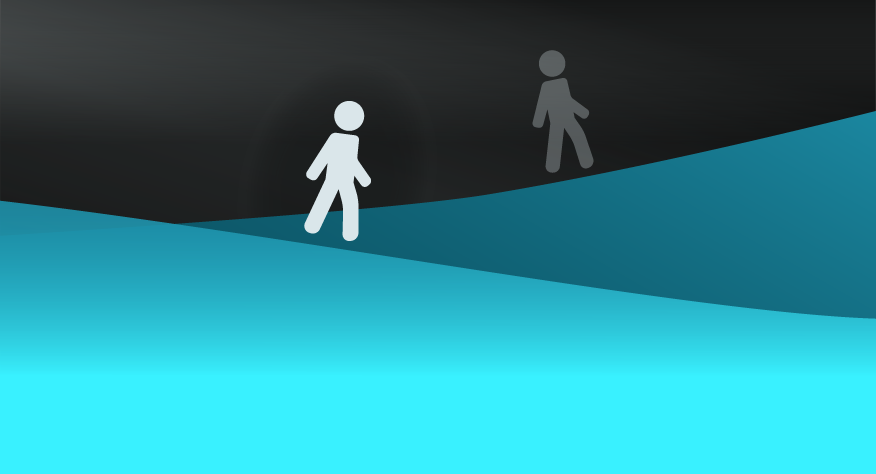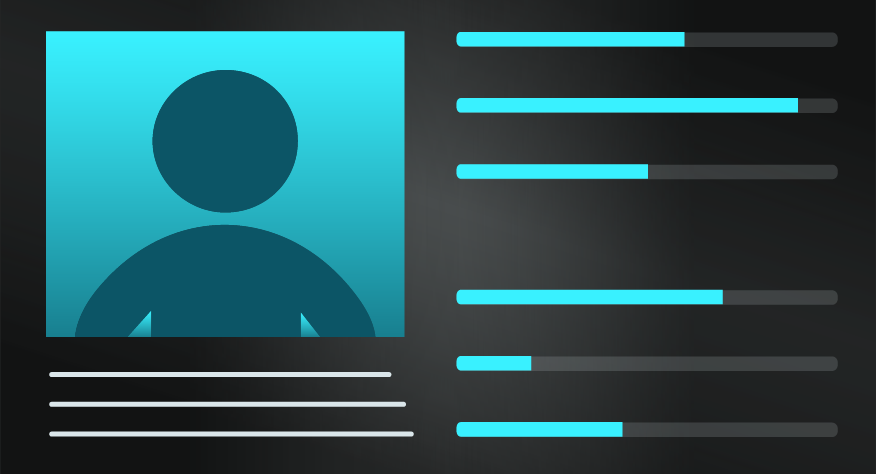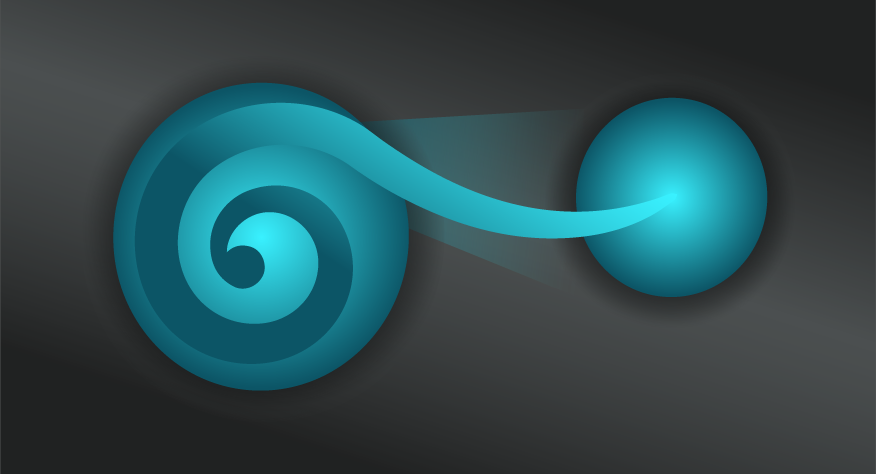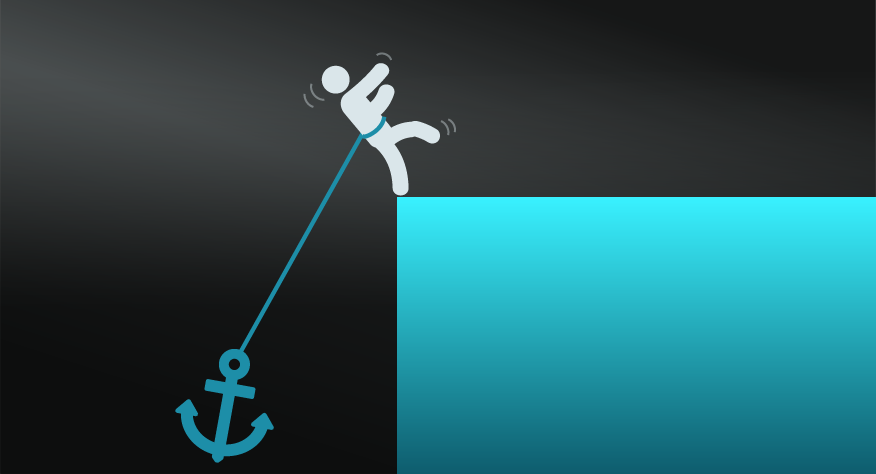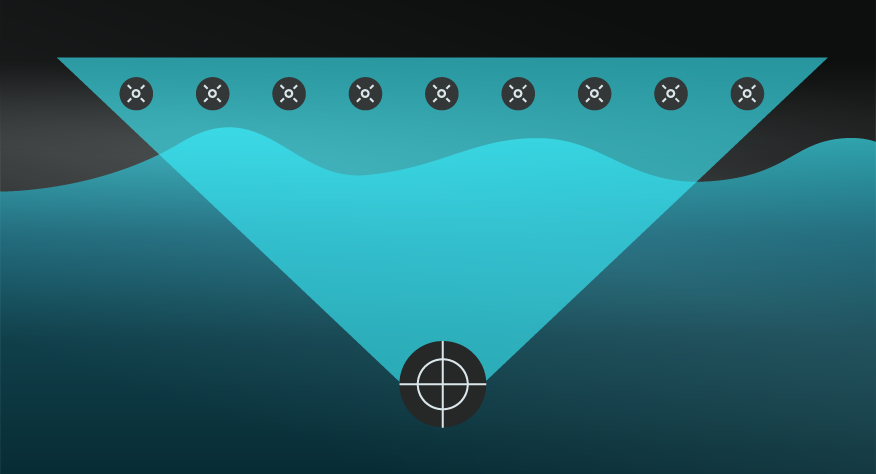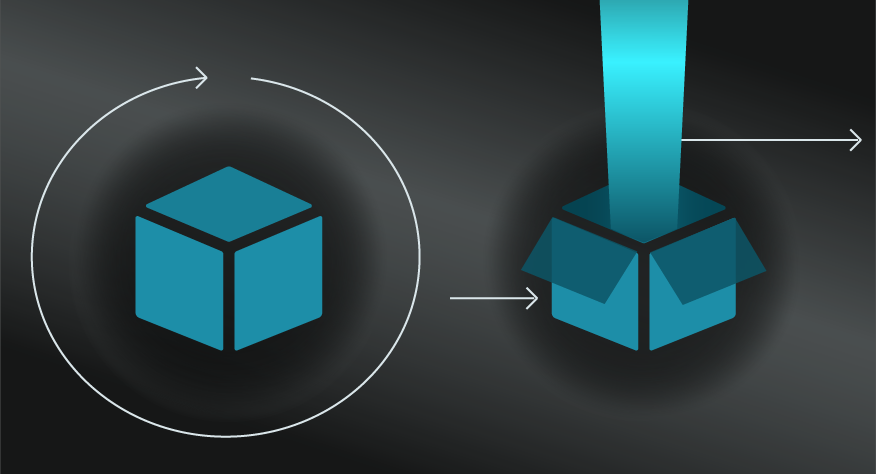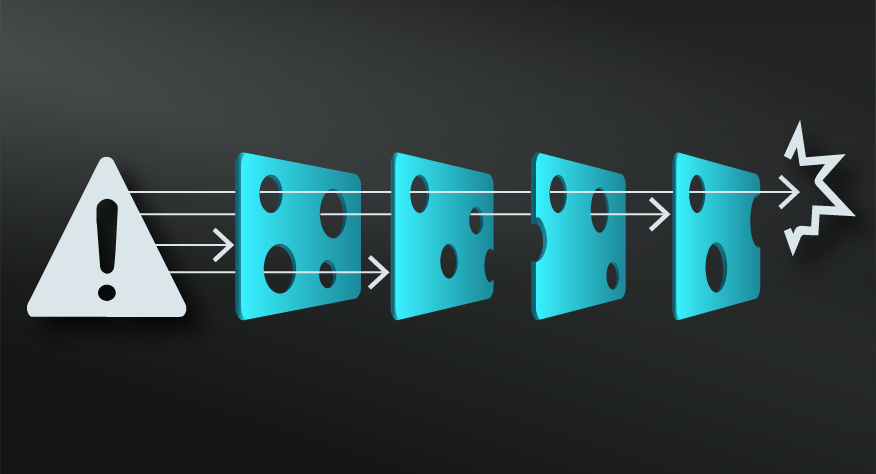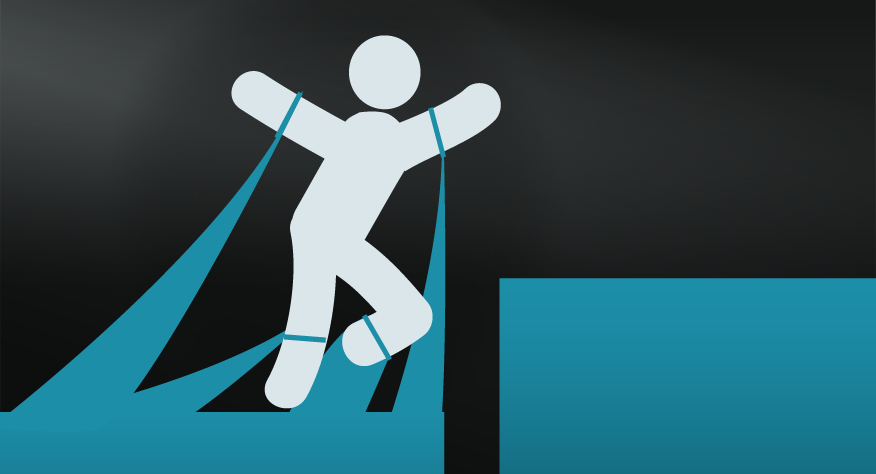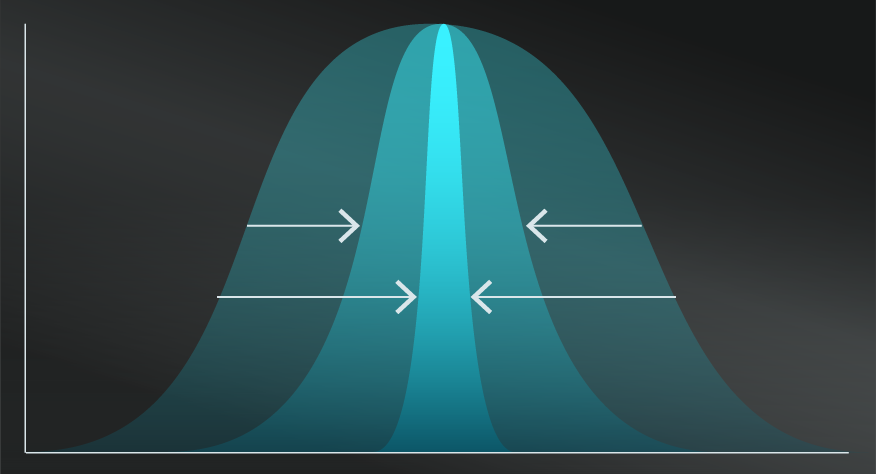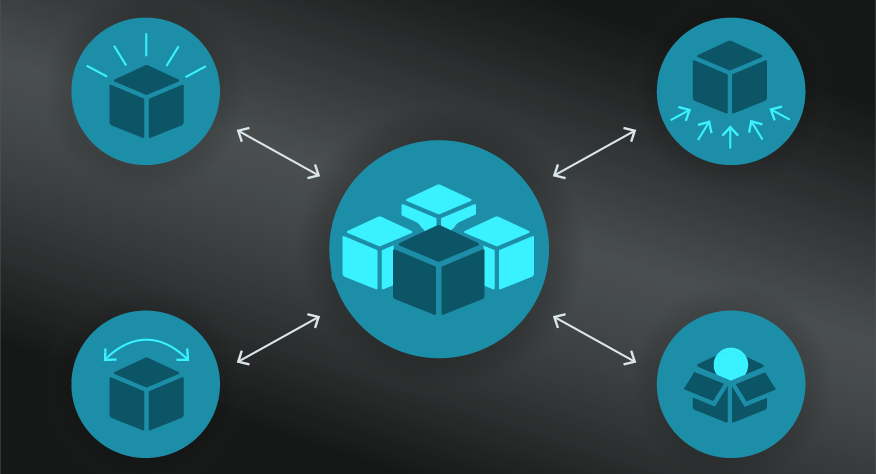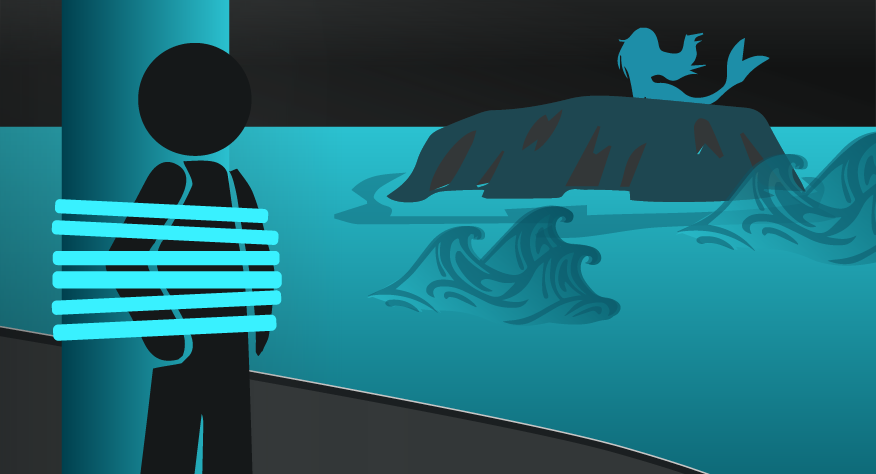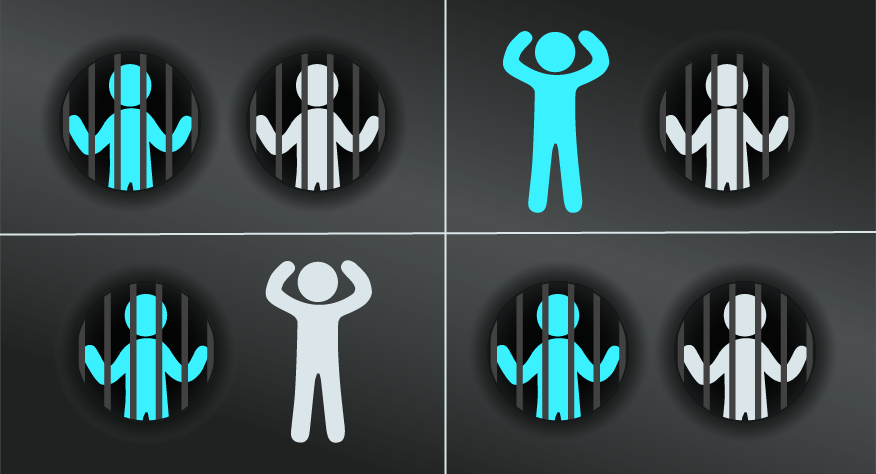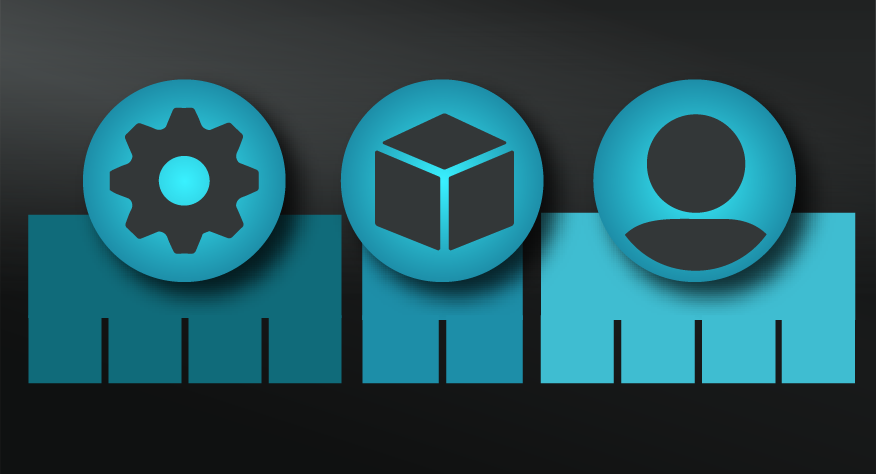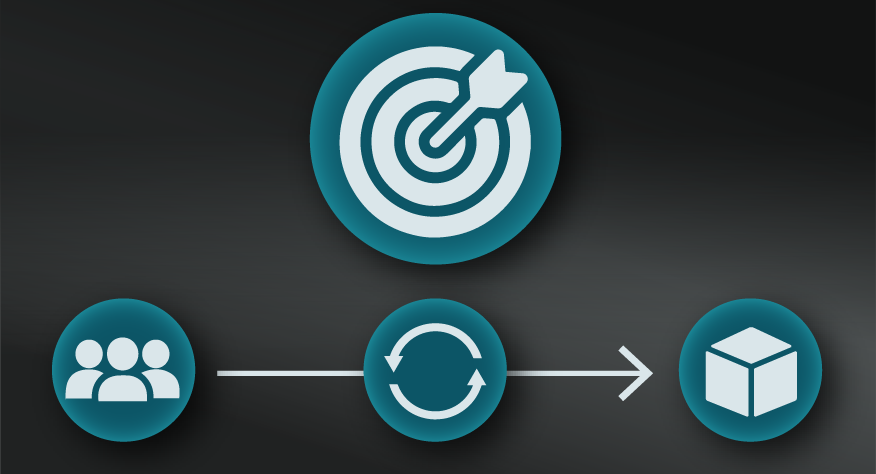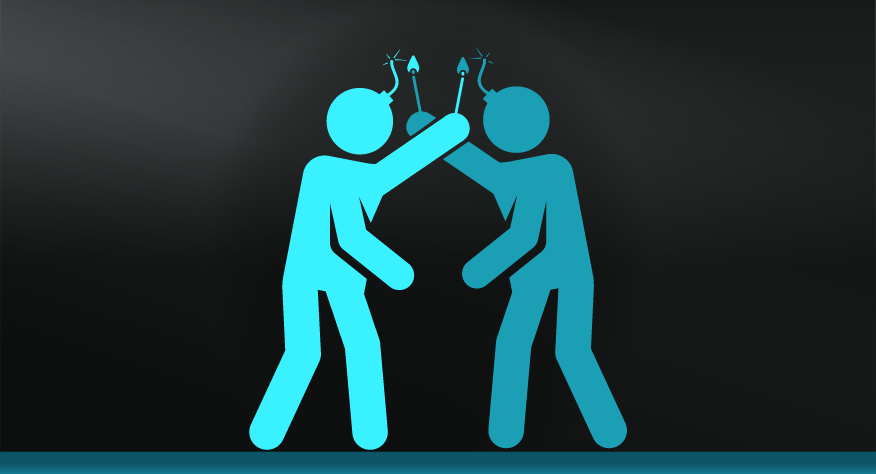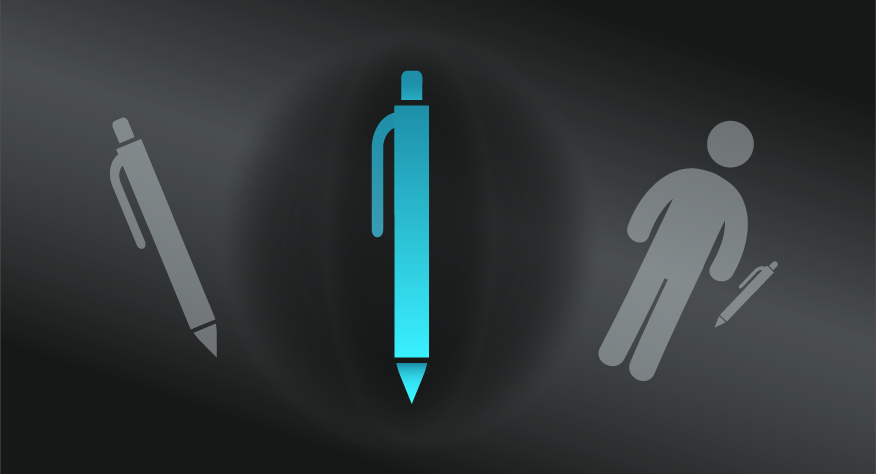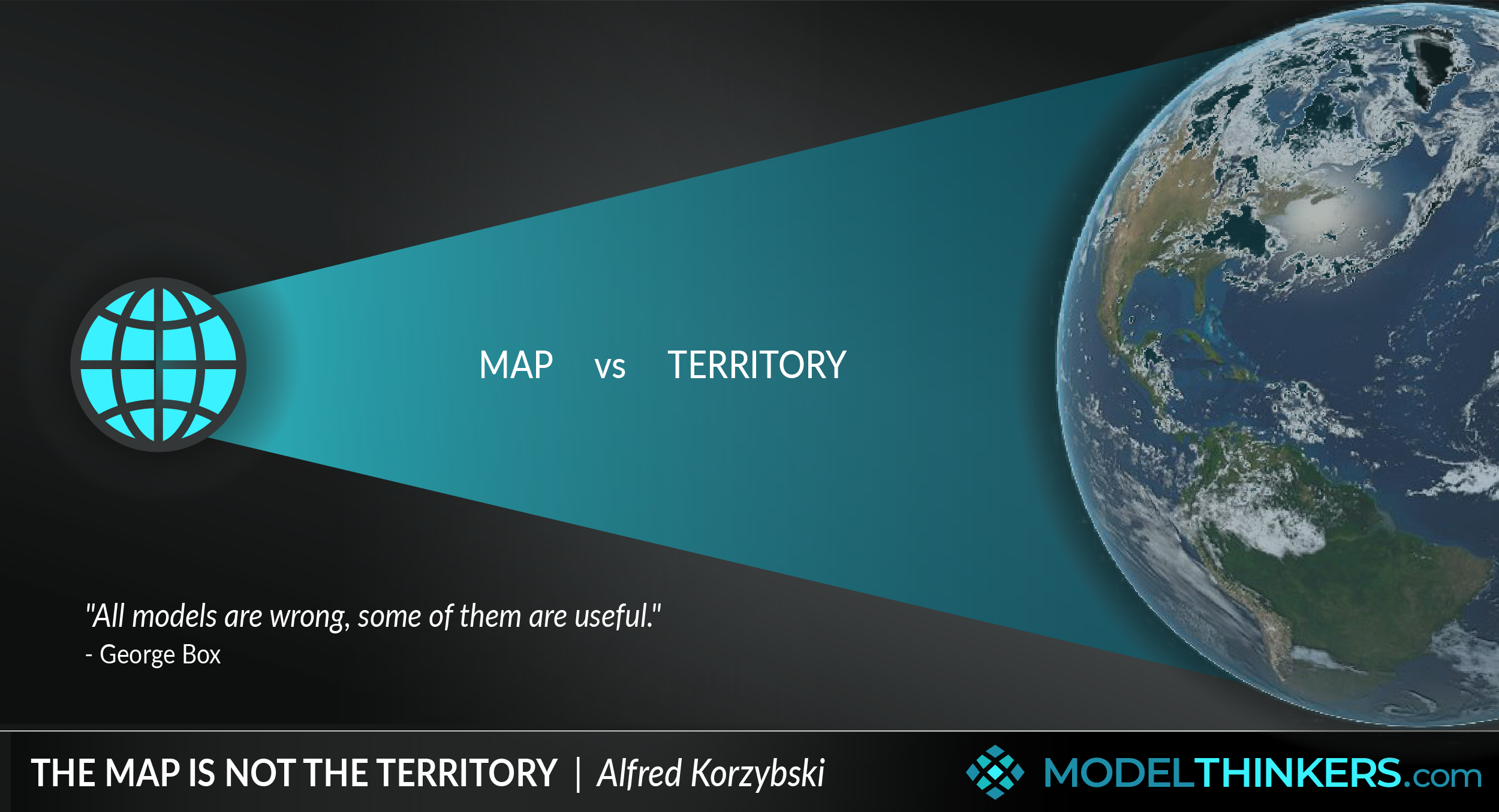
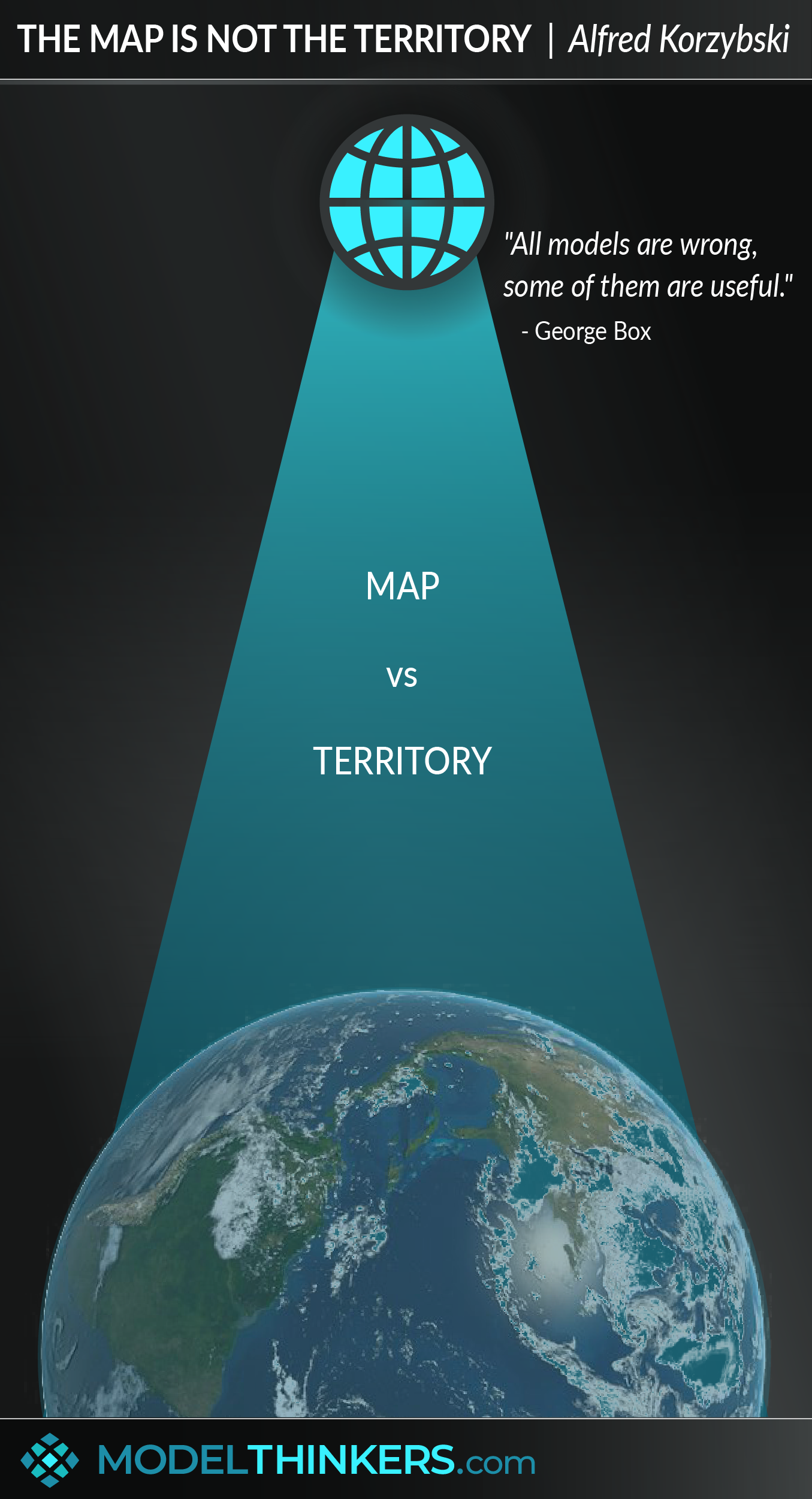
 0 saved
0 saved
 23.9K views
23.9K views








In the early 1900s, as the London underground transport system was booming, commuters still struggled to understand how to get from A to B.
The original underground map was 'realistic', though obviously a representation of reality, it still tended to leave people confused. Then, in 1931, a draftsperson named Harry Beck came up with an alternative that embraced a conceptual representation rather than even trying to represent geographic reality. He let go of locational accuracy — deleting rivers, parks and shifting locations — and created a diagram to empower people to quickly get from A to B. It was adopted in 1933 and it's usefulness to commuters has seen Beck's approach adopted globally.
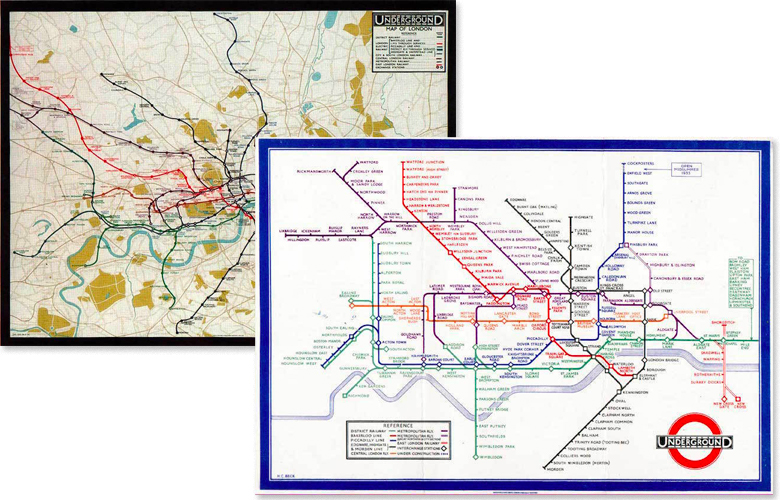
This story is a reminder that any map describes a conceptual understanding of a territory. Maps, by definition, focus on some elements and not others, represent reality and omit a lot in the process, can be outdated, and are open to interpretation.
Similarly, all Mental Models are simplified representations of what they attempt to represent.
The Map vs Territory is a reminder that our Mental Models and simplified understanding of reality, while often useful and essential for us to take action in a complex world, they are ultimately incomplete and inaccurate representations of reality.
STAY HUMBLE AND SKEPTICAL.
Map vs Territory helps to cast a healthy dose of doubt on all models. It's a core part of the thinking behind ModelThinkers, and the reason we include a Limitations section on every model page.
And, even with that scepticism, the London underground example demonstrates the potential power of a targeted and simplified representation of reality. Statistician George Box summarised this well when he explained, "all models are wrong, some of them are useful." While he was referring to mathematical models, the same sentiment applies to our mental models.
IMPLICATIONS.
Some of the implications of this model can therefore be summarised in potentially contradictory points:
- A simplified representation can empower us to cut through complexity and take effective action.
- No single mental model, no matter how useful, is absolutely accurate or correct.
- Multiple mental models, even when they seemingly oppose one another, might be partially accurate or correct at the same time, just as they are all ultimately inaccurate.
USE AND COMBINE MANY MODELS.
Finally, while the map versus the territory model demands a level of scepticism about all models, it can also be viewed as a call to action to actively develop a broad and dynamic Latticework of Mental Models.
All of the models in your latticework will be representations rather than reality, but it's the combination of diverse models that will move you closer to a better understanding of reality and more effective action as a result.




- Embrace complexity in the world, and maintain humility in your understanding of it.
Embrace this mental model to appreciate complexity in any situation, particularly embracing Probabilistic Thinking as a habit. For example, rather than stating definitive and closed explanations based on your mental models, try reminding yourself and others of complexity by saying “part of the problem is..." or "one factor is..."
- Maintain scepticism in your mental models.
No matter how powerful a mental model seems, remind yourself that it is an imperfect explanation of reality and actively search for exceptions and mistakes that are not explained by the model.
- Seek the most useful representation for your needs.
All mental models are wrong — but which is most useful for your situation, in your context, for your particular needs? This is as much a challenge about how you will focus and frame a problem or challenge and should be a conscious decision rather than relying on your habitual representations. Which leads nicely to the next point...
- Use multiple models to challenge your ideas.
Habitually view challenges through multiple mental models and lenses to identify potential gaps and inadequacies in any single model. While all models are wrong, using a combination approach, and leveraging a diverse Latticework of Mental Models, is likely to get you closer to actual reality.
- Consider that 'both things might be true'.
When faced with seemingly contradicting interpretations or ways of understanding a situation, consider the possibility that both perspectives might have some level of truth and contribute to a more nuanced understanding of reality.
This mental model is why we include a 'limitations' section on every mental model listing. That said, there are no obvious limitations to this model beyond the fact that it does not of course directly represent reality and, as a metaphor, is itself open to interpretation. But that’s getting way too meta.
Harry Beck and the story of the London underground.
I've already outlined this amazing story in the overview section, but if you're hungry for more check out this short TEDx video.
The parable of the blind men and the elephant.
The famous story of the blind men and the elephant had a group of blind men trying to understand what an elephant was. The man who felt its tusks said: "it's like a plough." The one who felt its feet said: "it's like a pillar." The one who felt its tail said: "it's like a broom." And the one who felt its trunk said: "it's like a snake."
This is an example of all representations having a degree of truth — they were all right in their own way. And, they were all incorrect. In that sense, this is a reminder to gather a 'big picture' with a diverse latticework of mental models.
The Treachery of Images.
Surrealist painter Rene Magritte captured this concept in a simple painting which translated name was the “Treachery of Images”. The painting, which claimed “This is not a pipe” under the image of a pipe, confronted our perceptions. In fact, it’s not even a painting, it’s a screen representation of an image, of a painting, of a pipe.
Goethe on theory vs life.
18th-century German writer Johann Wolfgang von Goethe captured the same thinking as this model by his famous quote: “All theory is grey, my friend. But forever green is the tree of life.”
Scott McCloud a comic about comics.
There are many examples of this model in action, partly because it's bound up with life and perception. Perhaps one of the most entertaining is Scott McCloud’s Understanding Comics. This comic book about comic books breaks down many concepts, and representations of reality, symbols and communication that reinforce this mental model.
It is ironic that this is one of our favourite mental models at ModelThinkers, when our job is to help people understand the world by using simplified representations via mental models. It's a brutal reminder of both the importance of developing a diverse latticework of mental models and the limitations of them.
Use the following examples of connected and complementary models to weave the map is not the territory into your broader latticework of mental models. Alternatively, discover your own connections by exploring the category list above.
Connected models:
- Mental models: a basis for understanding why they're not absolutely reliable.
- The butterfly effect (chaos theory): describing the unpredictable nature of complex and sensitive systems.
Complementary models:
- Munger’s latticework: one way to guard against the limitations of any model is to combine them dynamically.
- Fast thinking, slow thinking: it generally takes deliberate effortful thought to consider the limitations of a model.
- Scientific method: a process to iteratively test and improve models in the face of reality.
- Confirmation heuristic: use the map is not the territory to help interupt your over confidence in your existing ideas and this heuristic as a result.
- Probabalistic thinking: use this model to embrace complexity and move beyond binary thinking.
The phrase was coined by Alfred Korzybski in a paper presented to the American Association for the Advancement of Science in 1931. Korzybski stated: “A map is not the territory it represents, but, if correct, it has a similar structure to the territory, which accounts for its usefulness.”
Korzybski acknowledged the influence of mathematician Eric Temple Bell who published an epigram entitled ‘the map is not the thing mapped’.
 My Notes
My Notes
-
 1511 days ago Andrew GerkensThis model is a good reminder that as the world around us continues to evolve, then so must we. The world is not static, so each of us needs to continue to broaden our worldview, to build our capacity to adapt to and thrive in a changing world. It also reinforces the idea of include and transcend. As my worldview expands, I don't throw away my previous mental models. I keep the helpful aspects, but am better equipped to understand the limitations.
1511 days ago Andrew GerkensThis model is a good reminder that as the world around us continues to evolve, then so must we. The world is not static, so each of us needs to continue to broaden our worldview, to build our capacity to adapt to and thrive in a changing world. It also reinforces the idea of include and transcend. As my worldview expands, I don't throw away my previous mental models. I keep the helpful aspects, but am better equipped to understand the limitations.
Oops, That’s Members’ Only!
Fortunately, it only costs US$5/month to Join ModelThinkers and access everything so that you can rapidly discover, learn, and apply the world’s most powerful ideas.
ModelThinkers membership at a glance:






“Yeah, we hate pop ups too. But we wanted to let you know that, with ModelThinkers, we’re making it easier for you to adapt, innovate and create value. We hope you’ll join us and the growing community of ModelThinkers today.”


